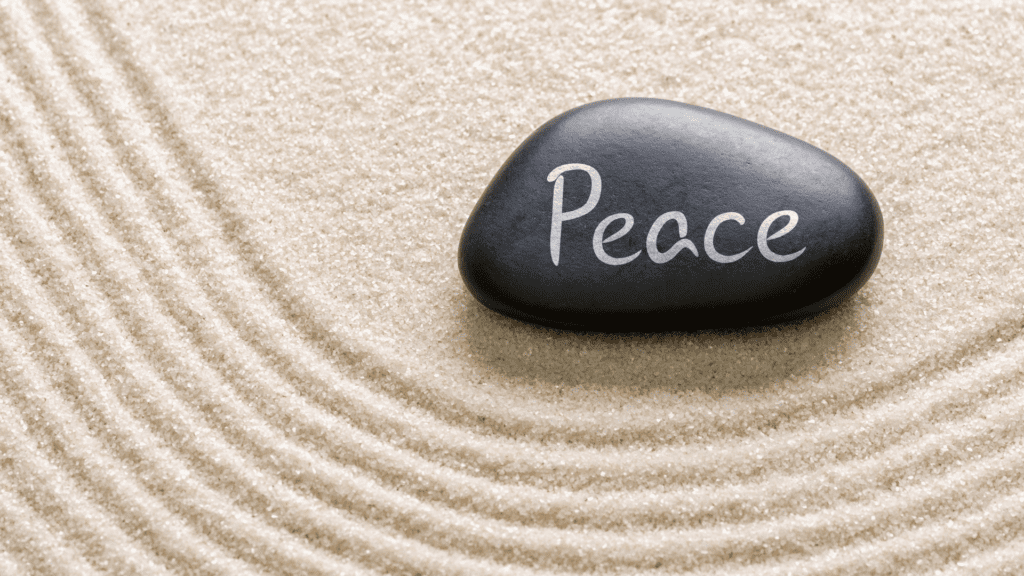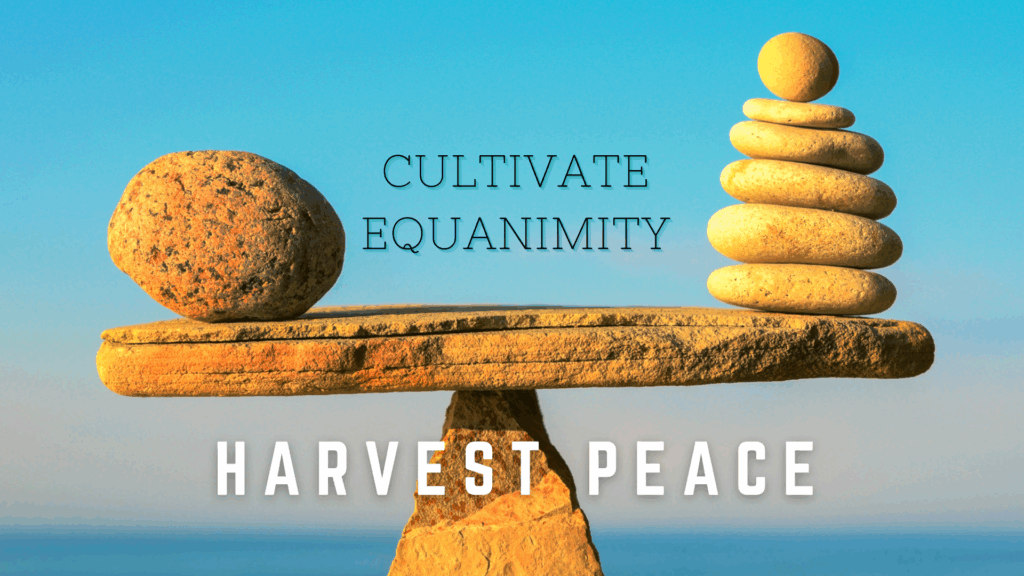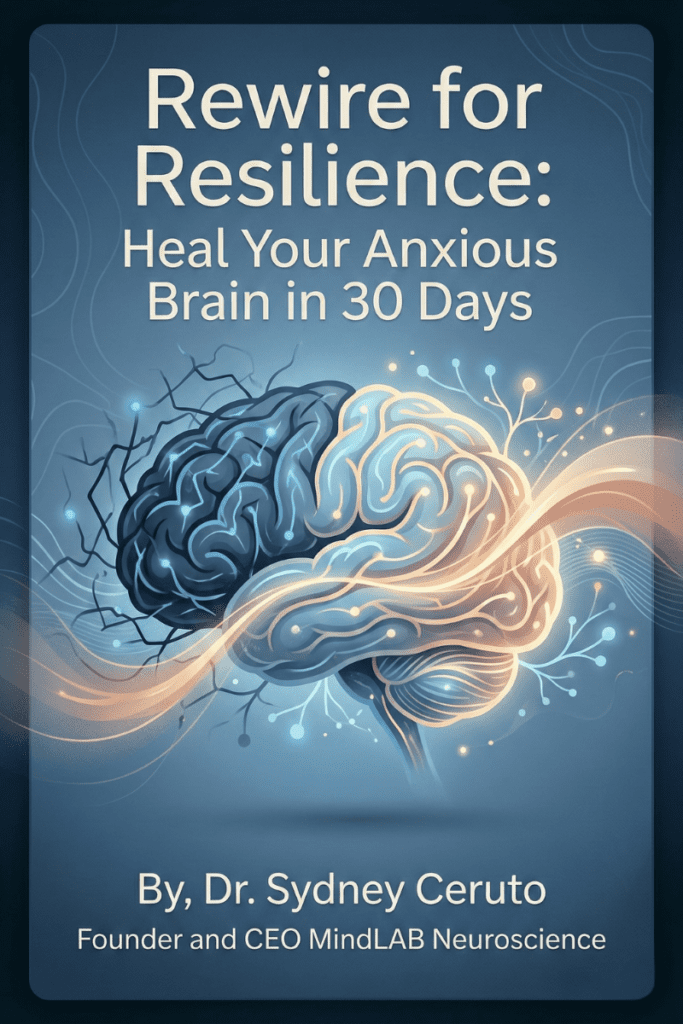🎧 Audio Version
Equanimity: The Scale of Balance
As a neuroscience-based life coach, I’ve witnessed countless clients struggle with the overwhelm of intense emotions when faced with hurtful situations, deep disappointments, or unfair treatment. It’s a universal human experience – that surge of heat in your chest, the racing thoughts, the urge to react impulsively. But what if I told you that you have the power to rewrite this script and cultivate unwavering composure and equanimity, even in the face of life’s greatest challenges?
Emotional equanimity, a concept rooted in Buddhist philosophy, refers to a state of mental calmness, poise, and evenness of temper, especially in difficult situations. Simply put, equanimity s the ability to maintain a balanced, non-reactive perspective in the face of life’s ups and downs. While it may seem like an elusive ideal, recent neuroscience research suggests that equanimity is a skill that can be developed and strengthened through intentional practice.
In this post, I’ll dive into the evolutionary origins and neural underpinnings of our emotional reactivity, and share cutting-edge neuroscience-based strategies to cultivate equanimity in all areas of you life, that is unshakeable. Get ready to transform your relationship with your emotions and show up as your most grounded, resilient self in any circumstance.
The Primal Brain: Understanding the Roots of Reactivity
Our brains have been shaped by millions of years of evolution to ensure our survival in a world fraught with threats and scarce resources. When our ancestors encountered danger or scarcity, those who reacted quickly and intensely were more likely to survive and pass on their genes. This primal instinct to fight, flee, or freeze in the face of perceived threats is hardwired into our nervous system, mediated by the amygdala – the brain’s “alarm center.”
The amygdala, an almond-shaped structure deep within the limbic system, is constantly scanning our environment for signs of danger or potential rewards. When it detects a threat – whether it’s a physical danger or an emotional trigger – it sends a rapid signal to the hypothalamus, which activates the sympathetic nervous system and initiates the “fight-or-flight” response. This cascade of physiological changes, including increased heart rate, blood pressure, and cortisol levels, is facilitated by the release of neurotransmitters like adrenaline and noradrenaline, which prepare us to confront or escape the perceived threat.
In modern times, we may not face the same life-or-death situations as our ancestors, but our brains still interpret emotional hurts, disappointments, and injustices as threats to our well-being. The amygdala can hijack the rational prefrontal cortex, flooding our system with stress hormones and driving impulsive, emotionally-charged reactions. This served us well in the ancestral environment, where quick, decisive action could mean the difference between life and death. But in today’s complex social world, this hair-trigger reactivity can often do more harm than good, leading to strained relationships, poor decision-making, and chronic stress.
The Neural Grooves of Reactivity
Every time we get swept up in a wave of intense emotion and react automatically, we strengthen the neural pathways that support this pattern. It’s like carving a groove in our brain – the more we travel down that path, the deeper and more automatic it becomes. This process of experience-dependent neuroplasticity means that our repeated thoughts, emotions, and behaviors shape the physical structure of our brains over time.
When we habitually react to challenges with anger, fear, or despair, we reinforce the neural circuits that underlie these emotional states. The more we practice these patterns of reactivity, the more easily they are triggered in the future. This is why we may find ourselves lashing out, shutting down, or spiraling into negative thought loops, even when we know these responses are counter-productive.
Renowned neuroscientist and mindfulness expert Dr. Rick Hanson explains that our brains are like Velcro for negative experiences and Teflon for positive ones. Due to the brain’s negativity bias – an evolutionary adaptation that helped our ancestors survive by being attuned to potential threats – we’re wired to focus on and ruminate over perceived losses, slights, and disappointments. This tendency to dwell on the negative further strengthens the neural pathways of reactivity, making it harder to break free from these ingrained patterns.

Rewiring the Brain for Equanimity
One of the most potent tools for this rewiring and how to cultivate equanimity, is mindfulness meditation. A 2011 study led by Harvard researcher Dr. Sara Lazar found that just 8 weeks of mindfulness training led to measurable changes in brain regions associated with emotional regulation, self-awareness, and perspective-taking. Specifically, participants showed increased gray matter density in the prefrontal cortex, which is involved in executive function and emotional control, and decreased density in the amygdala, suggesting a reduction in emotional reactivity. Furthermore, some research suggests that consistent mindfulness practice may promote neurogenesis, particularly in the hippocampus, a region crucial for learning, memory, and emotional regulation.
By practicing mindful awareness of our thoughts and emotions, we learn to observe them with greater objectivity and equanimity, rather than getting caught up in their intensity. This creates space between stimulus and response, allowing us to respond more skillfully and adaptively to life’s challenges. Regular mindfulness practice helps us cultivate a sense of inner calm and stability, even in the midst of external chaos or turmoil.
Another key strategy for developing equanimity is cognitive reappraisal – the practice of reframing challenging situations in a more balanced, adaptive light. A 2018 study published in the Journal of Cognitive Neuroscience found that cognitive reappraisal is associated with increased activity in the prefrontal cortex and decreased activity in the amygdala, suggesting a greater ability to regulate emotional responses.
By consciously shifting our perspective and finding alternative interpretations of stressful events, we can reduce the intensity of our emotional reactions and respond with greater wisdom and resilience. This might involve looking for the silver lining in a difficult situation, considering the long-term benefits of a short-term challenge, or reframing a perceived failure as an opportunity for growth and learning.
Putting It into Practice
Cultivating equanimity in the face of life’s challenges is a lifelong practice, but here are some neuroscience-informed steps you can take to get started:
- Develop a regular mindfulness meditation practice, even if it’s just a few minutes a day. Focus on observing your thoughts and emotions with curiosity and non-judgment, noticing when you get caught up in reactivity and gently bringing your attention back to the present moment.
- When you notice yourself getting triggered, take a pause and a few deep breaths. This simple act of conscious breathing helps shift the brain from reactive “fight-or-flight” mode to responsive “rest-and-digest” mode, allowing you to approach the situation with greater clarity and calm.
- Practice cognitive reappraisal by asking yourself: “Is there another way to look at this situation? What can I learn or how can I grow from this challenge?” Look for opportunities to reframe adversity as a chance for personal development and cultivate a more balanced, growth-oriented mindset.
- Cultivate self-compassion by treating yourself with the same kindness and understanding you would offer a good friend. When you’re struggling with difficult emotions or setbacks, remind yourself that these experiences are a normal part of the human journey. This helps counteract the brain’s negativity bias and promotes emotional resilience.
- Set clear, achievable goals that align with your values and vision for cultivating equanimity. Goal setting can provide a structured framework for your personal growth journey, helping you stay focused and motivated as you work on developing greater emotional balance. Break down larger goals into smaller, manageable steps to build confidence and maintain momentum.
Remember, mastering your emotional response to life’s challenges is a process, not a destination. With patience, practice, and a commitment to your own growth, you can train your brain to respond to even the most triggering situations with grace, wisdom, and unwavering equanimity.





